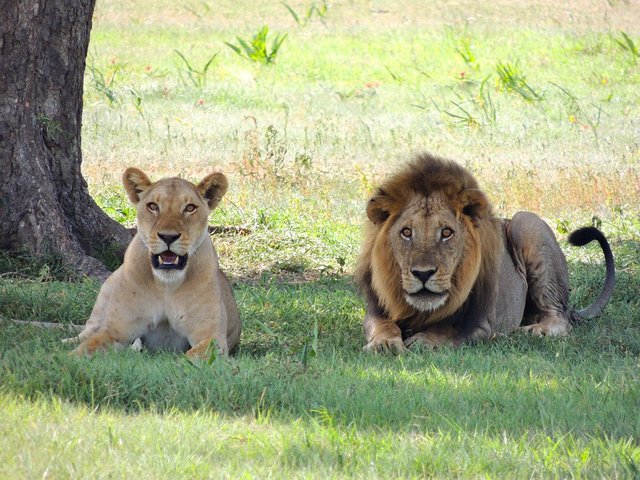Tourists Helping Scientists To Track Lions and Leopards

Researchers recently analyzed thousands of photos that have been taken by tourists when they go on safari in Botswana, and it turns out that tourists have been taking photos that could offer great help with tracking leopards and lions and other animals, just as good as scientists, while on their various safari excursions.
Tourists take many photos while on vacation in places like Botswana and researchers have recently been interested in how they might be able to use those photos for research.

Current methods for tracking are expensive and provide difficulty with being easily knocked down (cameras etc) by various animals that might be curious about what's going on. Weather can also pose a problem with current tracking efforts and the government stands in the way too, by demanding permits that researchers first obtain for call-in stations.
A single research project could involve going through a bureaucratic maze to try and get multiple permits, taking months to obtain before researchers can get started.
Overall, researchers collected more than 25,000 pictures and those photos were tagged with locations and times.

Aside from tourists offering a helping hand, drones have also been a great innovation that have helped to reduce the costs of surveying wildlife. They have also been seen to be more accurate at counting too, which has experts suggesting that overall it could be a conservation game-changer.
There is a downside for the improvement in tracking though, as scientists have previously suggested that having a better idea and more detailed information of exactly where the animals are can easily put them at risk; that information can be hacked and used to exploit them they've warned. But for researchers who are looking to improve their efforts in efficiency and cost etc, to try and help those animals, it's good to know that new technology is helping improve their efforts. As well, that tourists might be able to voluntarily add some great value to their research.
Pics:
pixabay

@doitvoluntarily, We all know that now this world became a DATA HOUSE and tracking is rising more and more for Information.
Posted using Partiko Android
This is very positive @doitvoluntarily. I am sure that there are strict rules about tourists keeping their distances from the animals - for the tourist safety and for the animal's welfare.
thanks for checking it out!
I would think tourists invading the animal's habitats is far worse than any benefits you can obtain from photographs taken by them.
Take care because they are carnivorous
Posted using Partiko Android